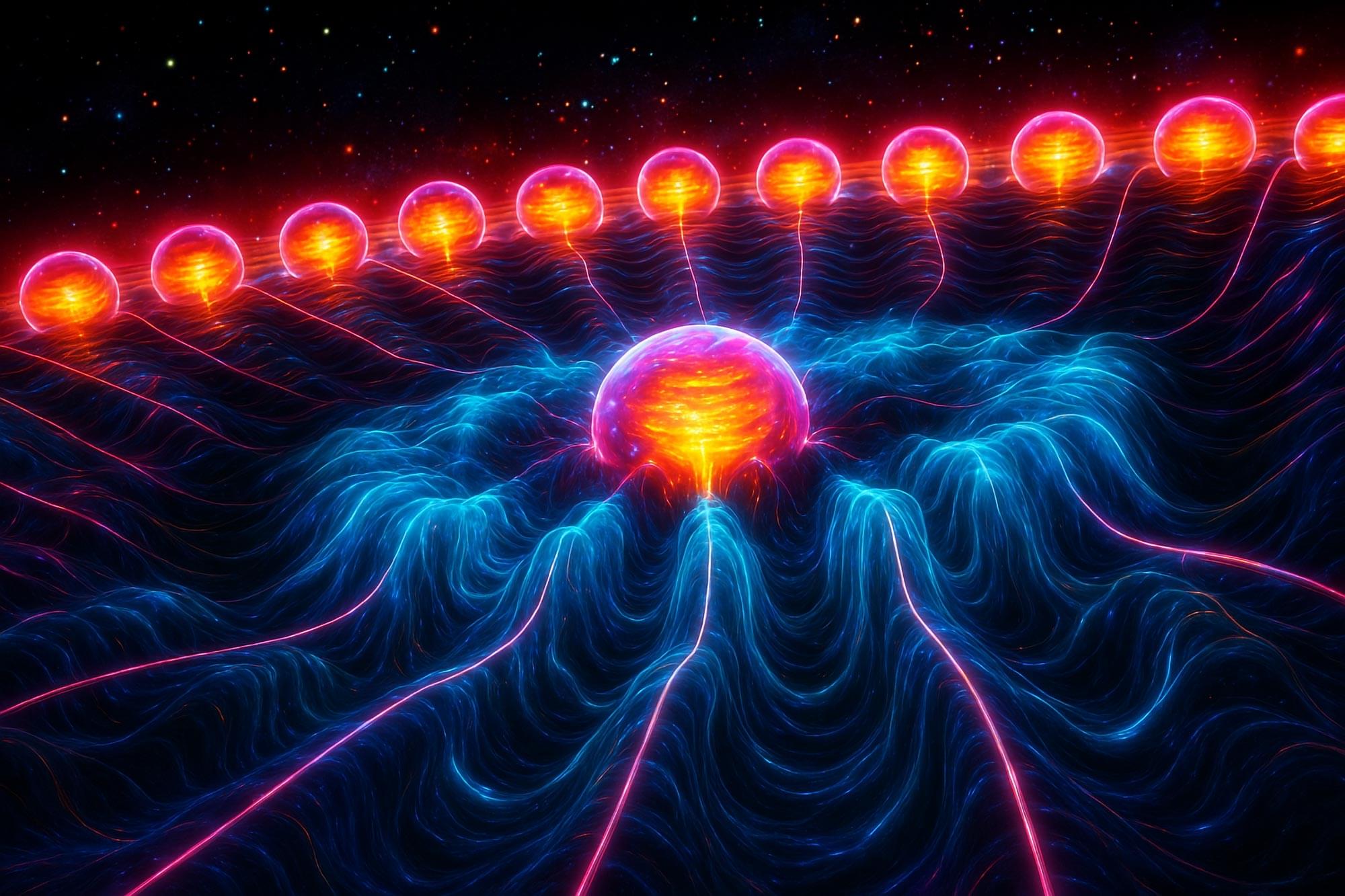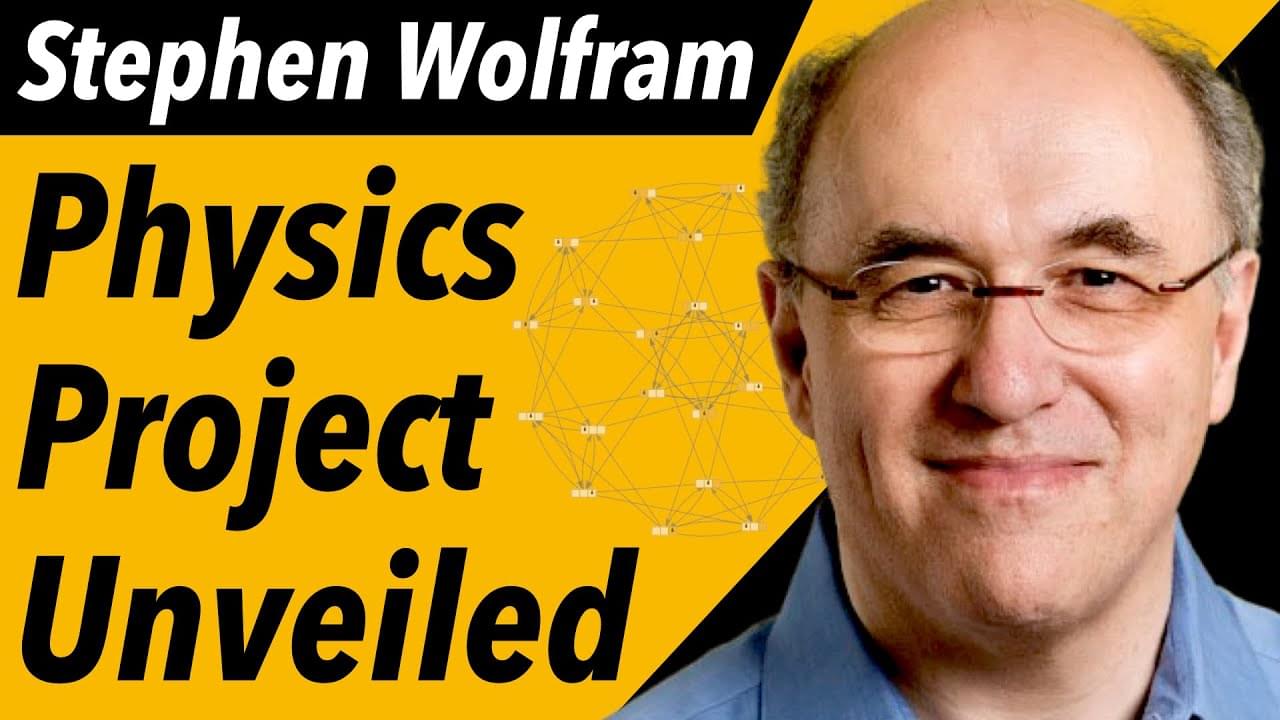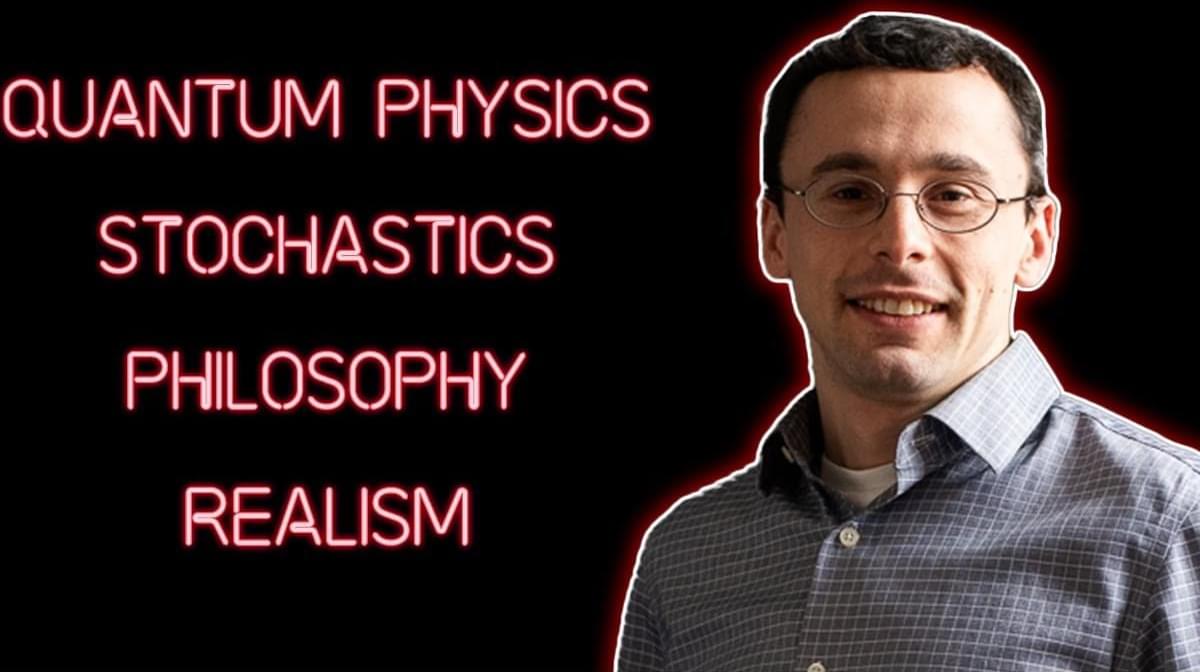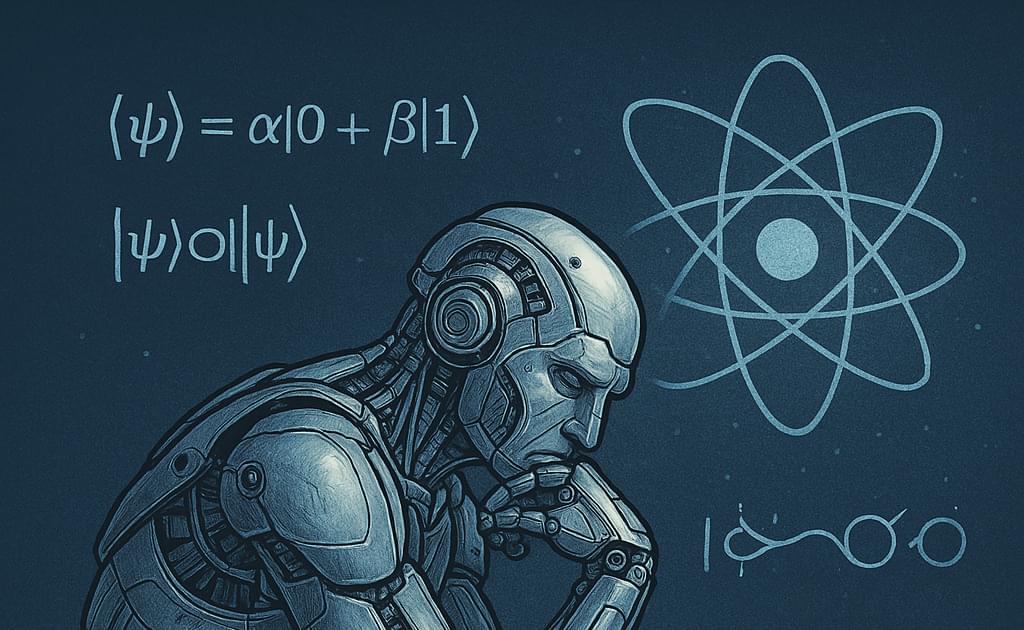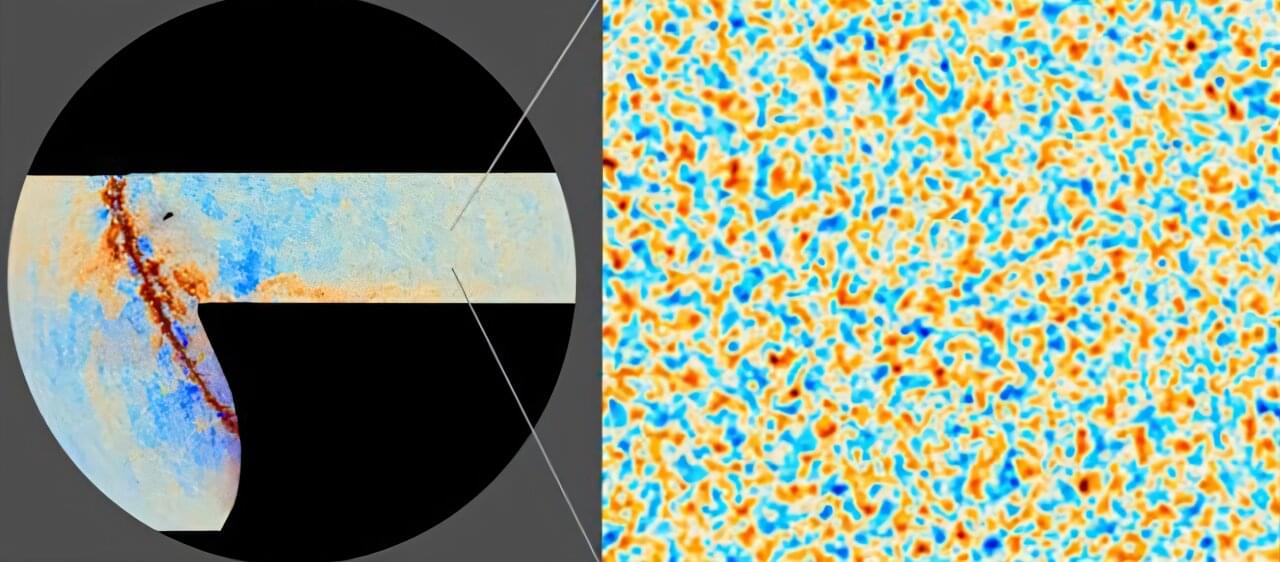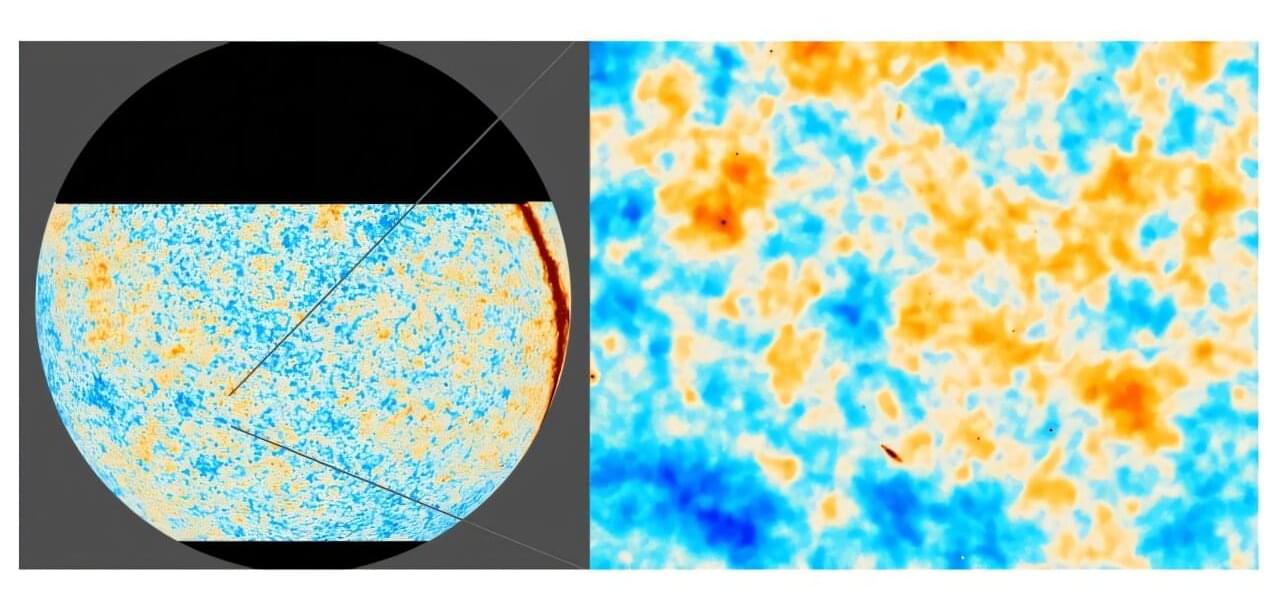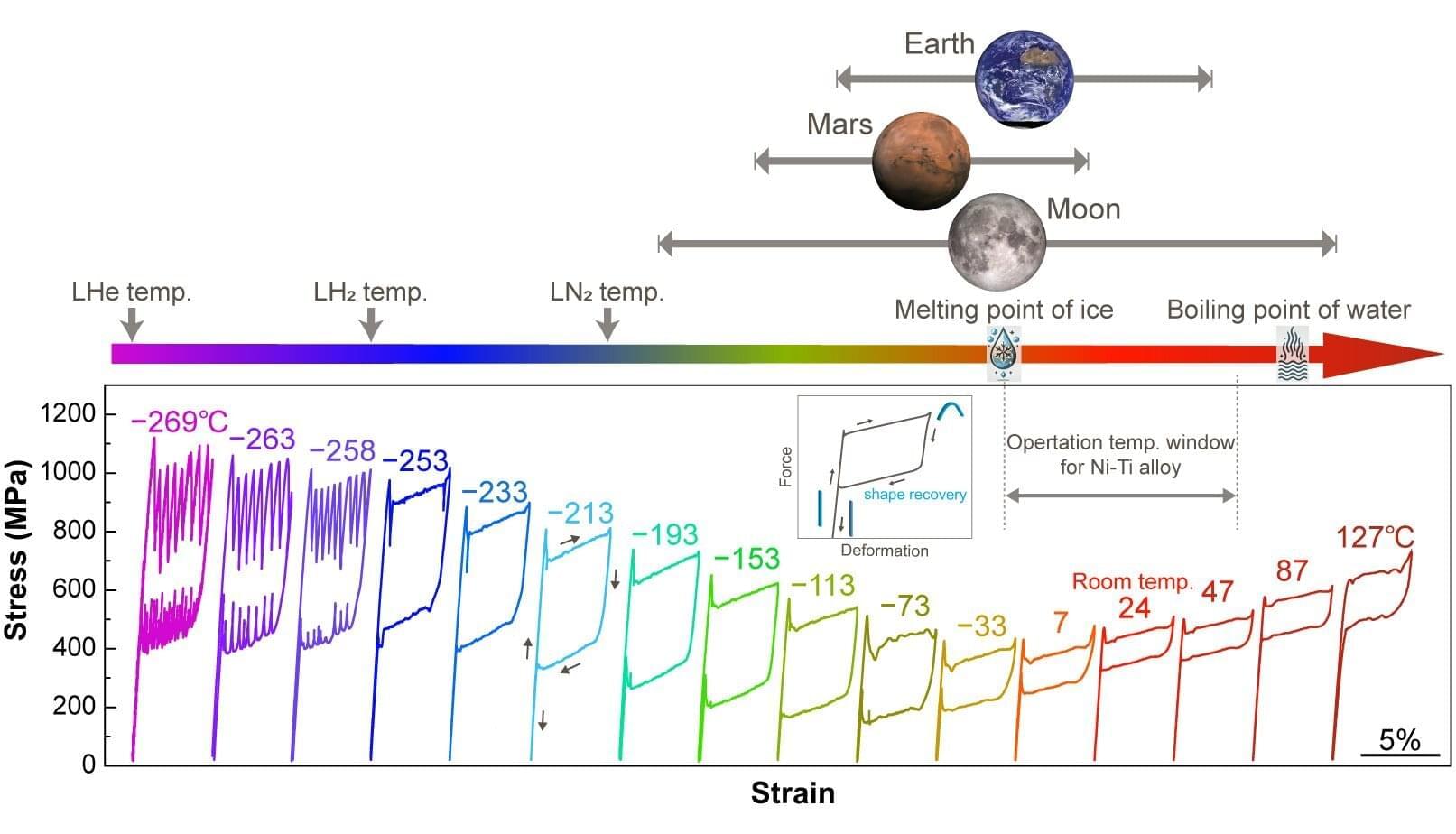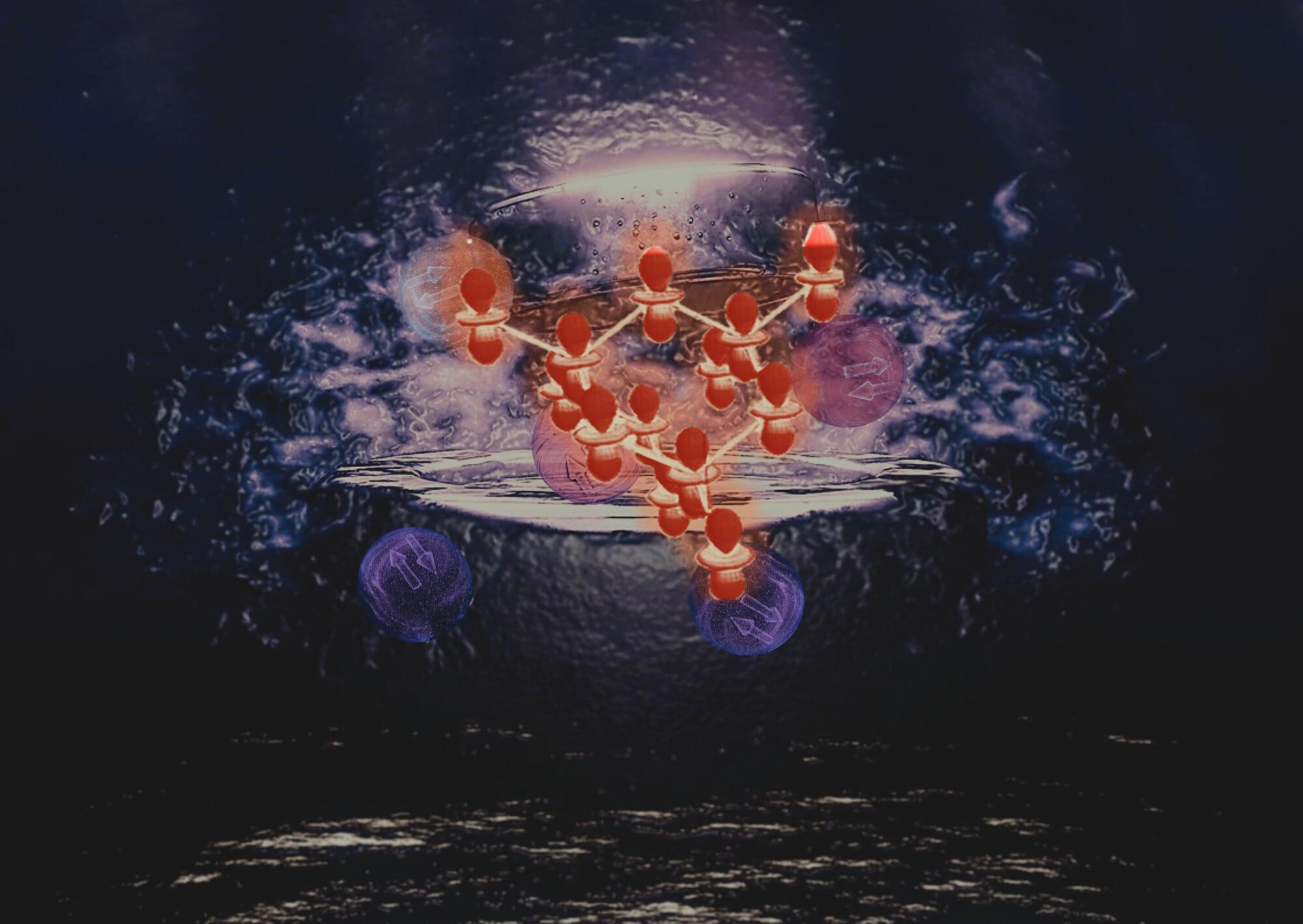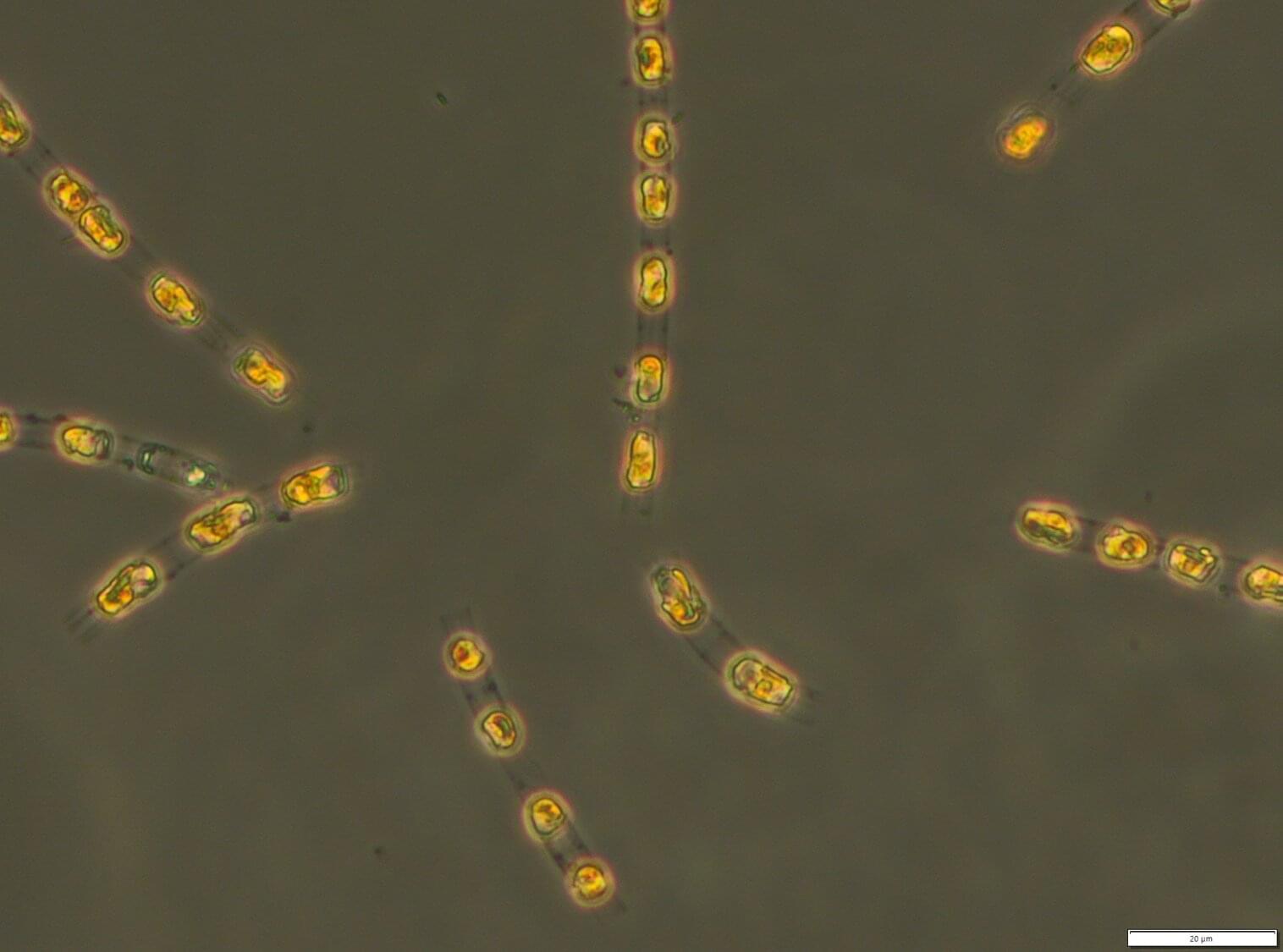Researchers have achieved a major quantum computing breakthrough: certified randomness, a process where a quantum computer generates truly random numbers, which are then proven to be genuinely random by classical supercomputers. This innovation has deep implications for cryptography, fairness, an
Is there a hidden dimension beyond space and time, a cosmic shortcut that could let us defy the speed of light? From warp drives to wormholes, science fiction has long dreamed of hyperspace travel—but could it ever be real?
Watch my exclusive video The End of Science https://nebula.tv/videos/isaacarthur–…
Get Nebula using my link for 40% off an annual subscription: https://go.nebula.tv/isaacarthur.
Get a Lifetime Membership to Nebula for only $300: https://go.nebula.tv/lifetime?ref=isa…
Use the link gift.nebula.tv/isaacarthur to give a year of Nebula to a friend for just $30.
Visit our Website: http://www.isaacarthur.net.
Join Nebula: https://go.nebula.tv/isaacarthur.
Support us on Patreon: / isaacarthur.
Support us on Subscribestar: https://www.subscribestar.com/isaac-a…
Facebook Group: / 1583992725237264
Reddit: / isaacarthur.
Twitter: / isaac_a_arthur on Twitter and RT our future content.
SFIA Discord Server: / discord.
Credits:
What Is Hyperspace? Exploring the Science Behind FTL
Episode 492; March 27, 2025
Written, Produced & Narrated by: Isaac Arthur.
Edited by: Merv Johnson II
Select imagery/video supplied by Getty Images.
Music Courtesy of Epidemic Sound http://epidemicsound.com/creator.
Phase Shift, \
Stephen Wolfram is a prominent computer scientist and theoretical physicist, best known for developing Mathematica and authoring A New Kind of Science. Today…
Jacob Barandes, physicist and philosopher of science at Harvard University, talks about realism vs. anti-realism, Humeanism, primitivism, quantum physics, Hilbert spaces, quantum decoherence, measurement problem, Wigner’s Friend thought experiment, philosophy of physics, the quantum-stochastic correspondence and indivisible stochastic processes.
Jacob: https://www.jacobbarandes.com/
SUPPORT:
Patreon: / knowtime.
Anchor: https://anchor.fm/knowtime/support.
Youtube Membership: / @knowtime.
PODCAST:
Anchor: https://anchor.fm/knowtime.
Spotify: https://open.spotify.com/show/2CjRJPktODLDeHavCNDLGA
Apple Podcasts: https://podcasts.apple.com/us/podcast/know-time/id1535371851?uo=4
CONNECT:
Instagram: https://www.instagram.com/knowtimetofly/
Instagram (Personal): https://www.instagram.com/shalajlawania/
Twitter: https://twitter.com/knowtimetofly.
Twitter (Personal): https://twitter.com/shalajlawania.
Facebook: https://www.facebook.com/knowtimetofly.
Blog: http://www.sadisticshalpy.com/
Hosted & produced by: shalaj lawania.
Quantum computers have recently demonstrated an intriguing form of self-analysis: the ability to detect properties of their own quantum state—specifically, their entanglement— without collapsing the wave function (Entangled in self-discovery: Quantum computers analyze their own entanglement | ScienceDaily) (Quantum Computers Self-Analyze Entanglement With Novel Algorithm). In other words, a quantum system can perform a kind of introspection by measuring global entanglement nonlocally, preserving its coherent state. This development has been likened to a “journey of self-discovery” for quantum machines (Entangled in self-discovery: Quantum computers analyze their own entanglement | ScienceDaily), inviting comparisons to the self-monitoring and internal awareness associated with human consciousness.
How might a quantum system’s capacity for self-measurement relate to models of functional consciousness?
Key features of consciousness—like the integration of information from many parts, internal self-monitoring of states, and adaptive decision-making—find intriguing parallels in quantum phenomena like entanglement, superposition, and observer-dependent measurement.
One of the Holy Grails in cosmology is a look back at the earliest epochs of cosmic history. Unfortunately, the universe’s first few hundred thousand years are shrouded in an impenetrable fog. So far, nobody’s been able to see past it to the Big Bang. As it turns out, astronomers are chipping away at that cosmic fog by using data from the Atacama Cosmology Telescope (ACT) in Chile.
ACT measured light first emitted in the baby universe some 380,000 years after the Big Bang. According to the Consortium director Suzanne Staggs, that measurement opened the window to a time when the first cosmic structures were starting to assemble. “We are seeing the first steps towards making the earliest stars and galaxies,” she said. “And we’re not just seeing light and dark, we’re seeing the polarization of light in high resolution. That is a defining factor distinguishing ACT from Planck and other, earlier telescopes.”
The clearer data and images from ACT are also helping scientists understand just when and where the first galaxies began to form. If the ACT data are confirmed, they represent the earliest baby picture of the universe, showing scientists what the seeds of galaxies looked like only a few hundred thousand years after the Big Bang.
The clearest and most precise images yet of the universe in its infancy—the earliest cosmic time accessible to humans—have been produced by an international team of astronomers.
Measuring light, known as the cosmic microwave background (CMB), that traveled for more than 13 billion years to reach a telescope high in the Chilean Andes, the new images reveal the universe when it was about 380,000 years old—the equivalent of hours-old baby pictures of a now middle-aged cosmos.
The research, by the Atacama Cosmology Telescope (ACT) collaboration, shows both the intensity and polarization of the earliest light after the Big Bang with unprecedented clarity, revealing the formation of ancient, consolidating clouds of hydrogen and helium that later developed into the first stars and galaxies.
Researchers at Tohoku University have developed a titanium-aluminum (Ti-Al)-based superelastic alloy. This new material is not only lightweight but also strong, offering the unique superelastic capability to function across a broad temperature range—from as low as −269°C, the temperature of liquid helium, to +127°C, which is above the boiling point of water.
Superconductivity is a quantum phenomenon, observed in some materials, that entails the ability to conduct electricity with no resistance below a critical temperature. Over the past few years, physicists and material scientists have been trying to identify materials exhibiting this property (i.e., superconductors), while also gathering new insights about its underlying physical processes.
Superconductors can be broadly divided into two categories: conventional and unconventional superconductors. In conventional superconductors, electron pairs (i.e., Cooper pairs) form due to phonon-mediated interactions, resulting in a superconducting gap that follows an isotropic s-wave symmetry. On the other hand, in unconventional superconductors, this gap can present nodes (i.e., points at which the superconducting gap vanishes), producing a d-wave or multi-gap symmetry.
Researchers at the University of Tokyo recently carried out a study aimed at better understanding the unconventional superconductivity previously observed in a rare-earth intermetallic compound, called PrTi2Al20, which is known to arise from a multipolar-ordered state. Their findings, published in Nature Communications, suggest that there is a connection between quadrupolar interactions and superconductivity in this material.
A research team led by the Leibniz Institute for Baltic Sea Research Warnemünde (IOW) was able to revive dormant stages of algae that sank to the bottom of the Baltic Sea almost 7,000 years ago. Despite thousands of years of inactivity in the sediment without light and oxygen, the investigated diatom species regained full viability.
The study, published in The ISME Journal, was carried out as part of a collaborative research project PHYTOARK, which aims at a better understanding of the Baltic Sea’s future by means of paleoecological investigations of the Baltic Sea’s past.
Many organisms, from bacteria to mammals, can go into a kind of “sleep mode,” known as dormancy, in order to survive periods of unfavorable environmental conditions.
